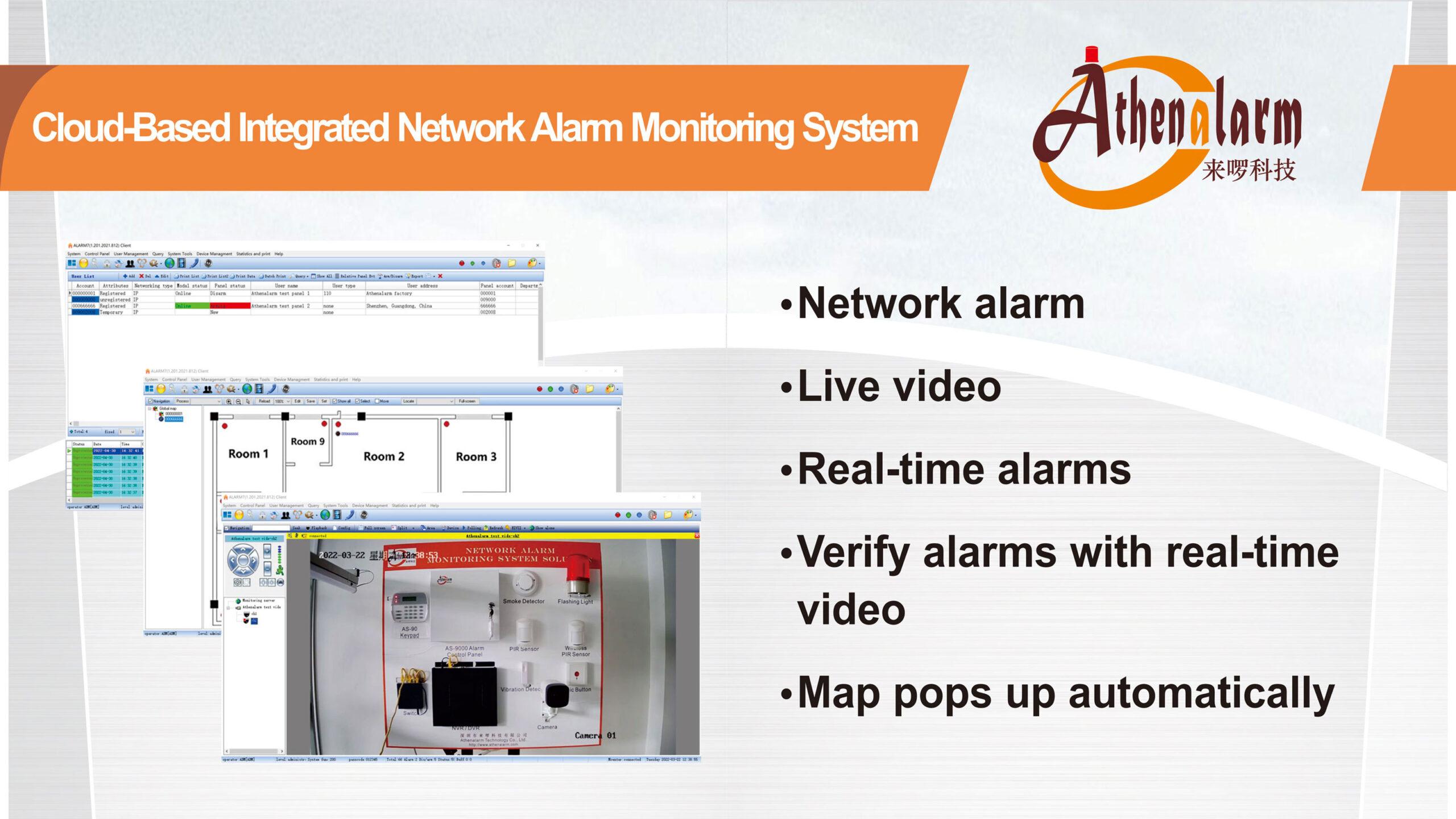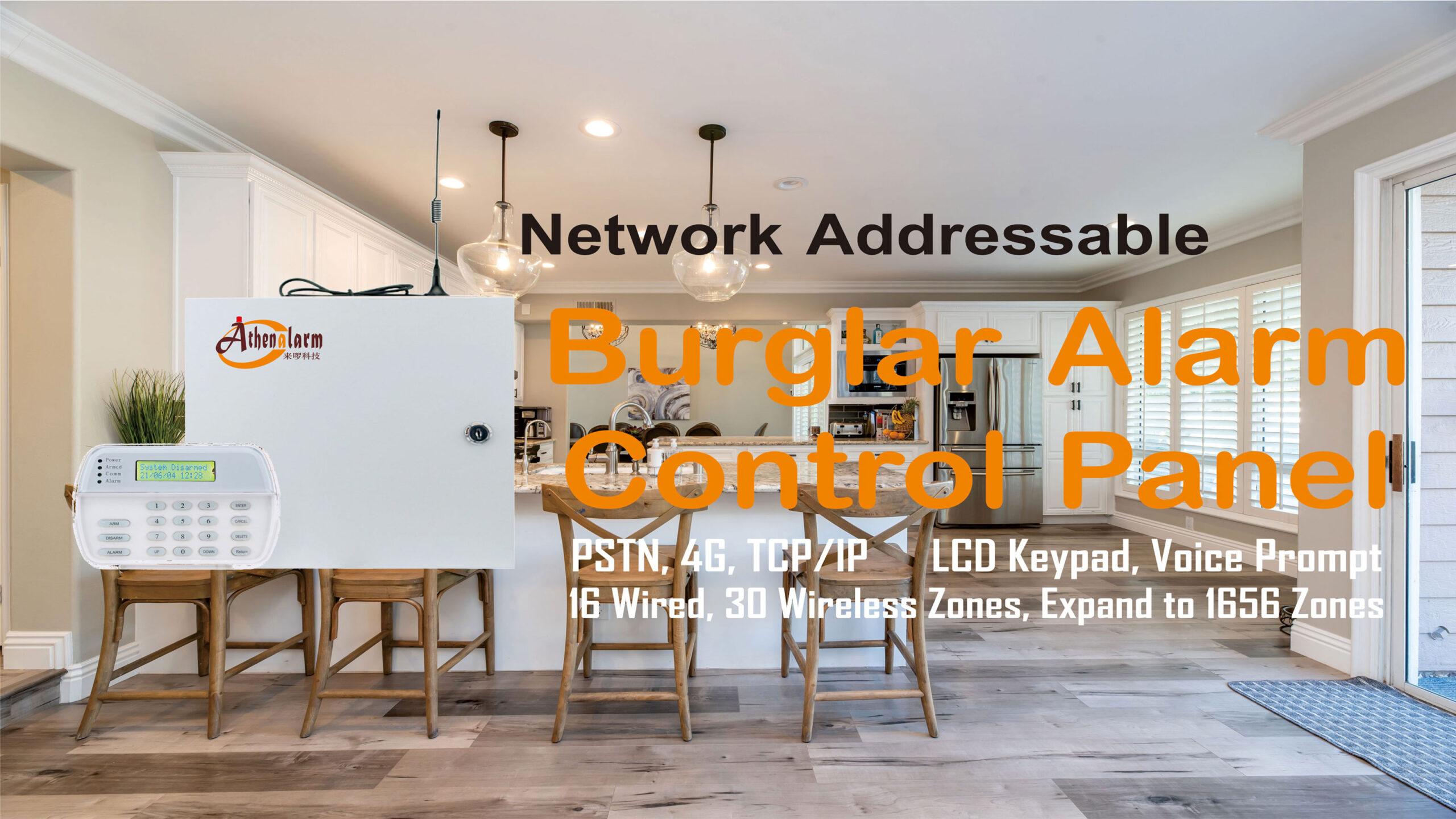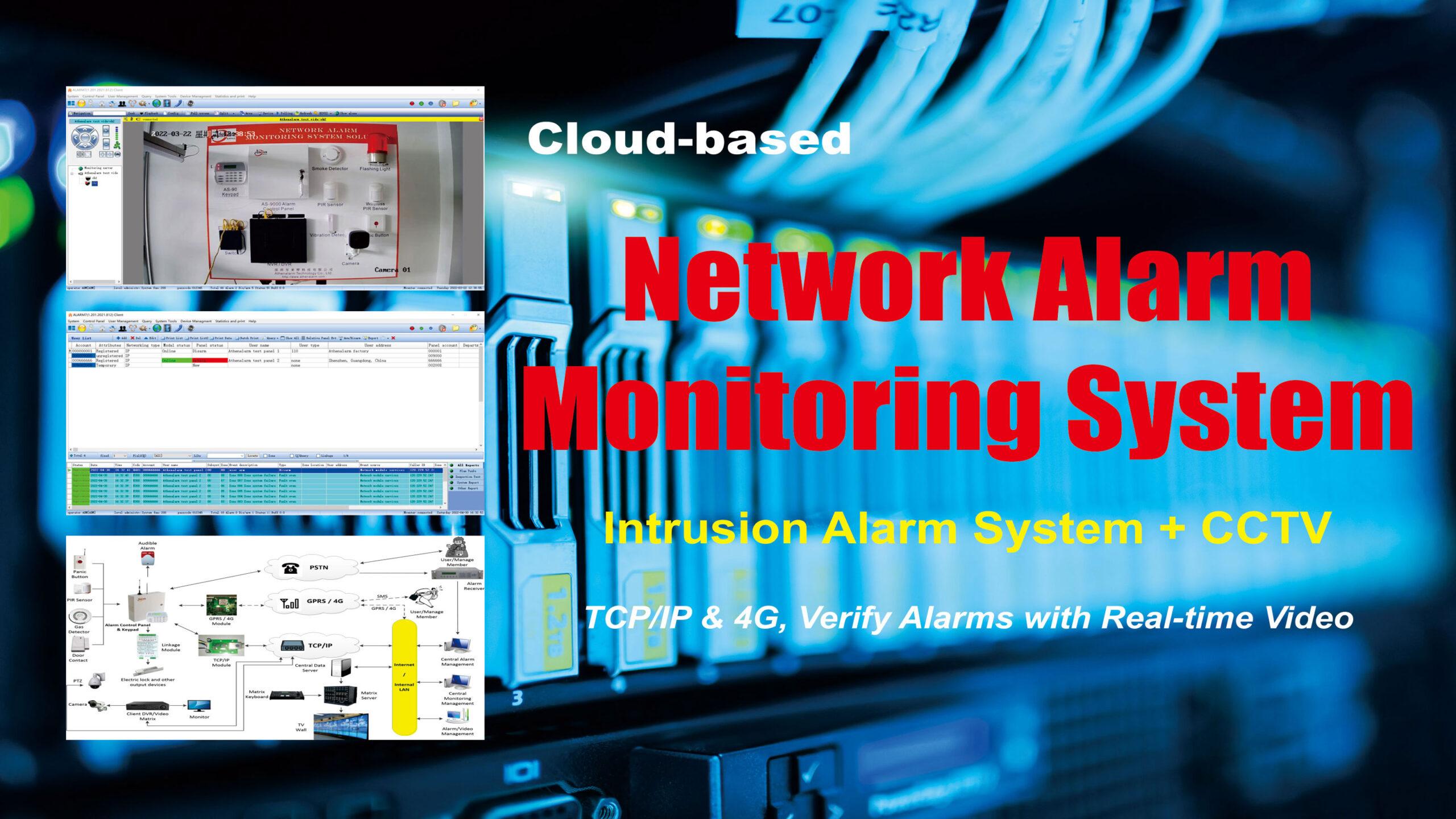



Intruder Alarm Panel Communication Security Solution
In recent years, due to the lack of smooth signal communication lines for network alarm users, it has occurred that alarm signals from the intruder alarm panel cannot be uploaded to the alarm monitoring center normally when theft cases occur at the user’s location. How to solve this problem?
1 The communication of the intruder alarm panel is superior to other devices
Case 1: A theft occurred at the network alarm user’s location, and the alarm monitoring center signal showed that the user did not arm the intrusion alarm system that night. The technical personnel of the alarm monitoring center confirmed that the user indeed armed the intrusion alarm system that night by understanding and reviewing the event records stored in the system. When the suspect enters the defense area to commit a crime, the intrusion alarm system also sends out an alarm signal, but the signal is not uploaded to the alarm monitoring center. When the technical personnel of the alarm monitoring center patrol at the user’s location, the telephone communication lines used by the intruder alarm panel provided by the user are all in normal condition.
Case analysis
It is obvious that the problem in the above case occurred on the communication line. After repeated testing and experimentation, the technical personnel of the alarm monitoring center finally identified the root cause of the problem. Originally, the telephone communication line was connected to a phone before entering the intruder alarm panel. At that time, the phone was not properly placed, which caused the failure of the communication link of the intruder alarm panel. So that when the suspect entered the defense area to commit a crime, the intruder alarm panel sent an alarm signal, but due to the interruption of the communication link, the alarm signal could not be uploaded to the alarm monitoring center in time.
Solution
From this case, it can be concluded that the correct way to connect the communication line during the construction of the intrusion alarm system is: after the communication line enters the home, it first enters intruder alarm panel. And the user’s other communication devices should be connected behind it, so as to effectively avoid the interruption of the communication link caused by the failure of the user’s equipment.
2 The intruder alarm panel is connected to the alarm monitoring center through various communication methods
Case 2: A theft case occurred in the finance department of a certain school. The alarm monitoring center received an arming signal from the user that night, but did not receive the alarm signal from the user. When the technical personnel of the alarm monitoring center inspected the equipment at the user’s site, they found that the communication line of the network alarm user was cut off by a sharp tool before entering the room, causing the communication link at the user’s location to be blocked.
Case analysis
Due to the popularity of intrusion alarm technology, the suspect first destroys the communication line of the intrusion alarm system before committing burglary, so that the intruder alarm panel can not upload the alarm signal to the alarm monitoring center when conducting theft activities.
Solution
The communication line of the intrusion alarm system is an important way for the entire system to transmit signals. Based on the actual situation of the user, we generally adopt two solutions:
(1) Improve the construction process of the intrusion alarm system. Generally speaking, the communication lines used in the intrusion alarm system should be protected through pipes and concealed.
(2) The communication link can be backed up by multiple different communication links to ensure the normal transmission of signals. At present, according to the current situation of the security industry, there are generally two ways to backup communication lines:
- GSM wireless communication line
- PSTN communication line
Connected users can choose based on their own communication link conditions.
Use GSM wireless communication lines and landline communication lines (PSTN) as backups for each other. The working principle is as follows: using the landline communication line (PSTN) as the main communication link, the intrusion alarm system uses the landline communication line for signal upload, and the GSM wireless communication module uploads a module test signal at regular intervals to report the working status of the wireless communication module. When the telephone communication line is artificially damaged or malfunctions, the intruder alarm panel will automatically select the GSM wireless communication module for signal uploading. When the landline communication line returns to normal, the intruder alarm panel will automatically resume using the landline communication line for signal uploading.
On the contrary, the GSM network communication link can also be used as the main communication link, and the landline communication link (PSTN) can be used as a backup method. The intruder alarm panel sends a test signal to the center regularly through the landline communication link (PSTN) every day, reporting the status of its landline communication link (PSTN). By using GSM network communication method, the alarm signal can be transmitted to the alarm reception platform of the alarm monitoring center’s alarm reception system within 2 seconds (the alarm reception system of the alarm monitoring center must have network alarm reception function). When the network communication link fails, the intruder alarm panel will automatically select the communication line of PSTN for signal uploading. When the network communication line is restored to normal, the intruder alarm panel will automatically resume using the network communication line for signal uploading.
At present, communication transmission methods such as TCP/IP, 3G, 4G, etc. are gradually being applied to intruder alarm panels. Connecting the intruder alarm panel to the alarm monitoring center through various communication methods has been widely accepted by users, especially key security units such as banks, factories, shops, etc.
